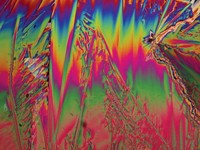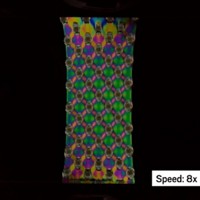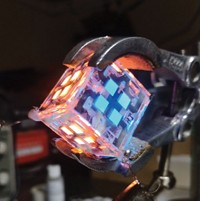Advertisement
Grab your lab coat. Let's get started
Welcome!
Welcome!
Create an account below to get 6 C&EN articles per month, receive newsletters and more - all free.
It seems this is your first time logging in online. Please enter the following information to continue.
As an ACS member you automatically get access to this site. All we need is few more details to create your reading experience.
Not you? Sign in with a different account.
Not you? Sign in with a different account.
ERROR 1
ERROR 1
ERROR 2
ERROR 2
ERROR 2
ERROR 2
ERROR 2
Password and Confirm password must match.
If you have an ACS member number, please enter it here so we can link this account to your membership. (optional)
ERROR 2
ACS values your privacy. By submitting your information, you are gaining access to C&EN and subscribing to our weekly newsletter. We use the information you provide to make your reading experience better, and we will never sell your data to third party members.
Solar Power
Chemistry In Pictures
Chemistry in Pictures: Solar flex
by Manny I. Fox Morone
June 1, 2022

While silicon solar panels are somewhat common in many parts of the world, they’re usually too heavy and rigid for miniature electronics and biological applications. To get around those limitations, Derya Baran’s lab at King Abdullah University of Science and Technology is trying to inkjet-print remarkably light solar cells like this one. It’s so thin it can sit on top of a bubble without popping it. By printing and drying various inks, each of which functions as a component of a solar cell, the researchers created a layered but flexible energy conversion device. This photo was named one of Nature’s best science images of 2020.
Submitted by Anastasia Serin/ King Abdullah University of Science and Technology. Follow Derya Baran and her lab on Twitter@DeryaBaranB.
Do science. Take pictures. Win money. Enter our photo contest here.
CORRECTION:
This story was updated on June 23, 2022, to correct which institution highlighted the photo in 2020. The image was selected by Nature's visuals team, not Nature Portfolio.





Join the conversation
Contact the reporter
Submit a Letter to the Editor for publication
Engage with us on Twitter